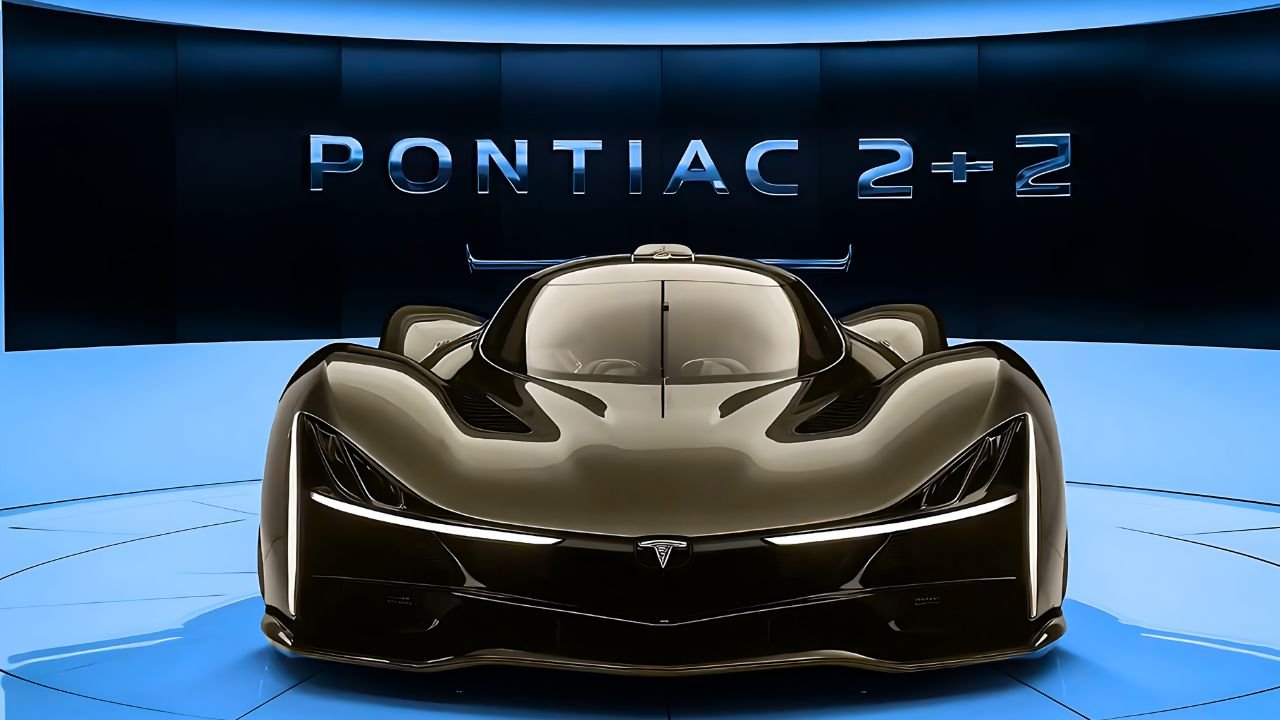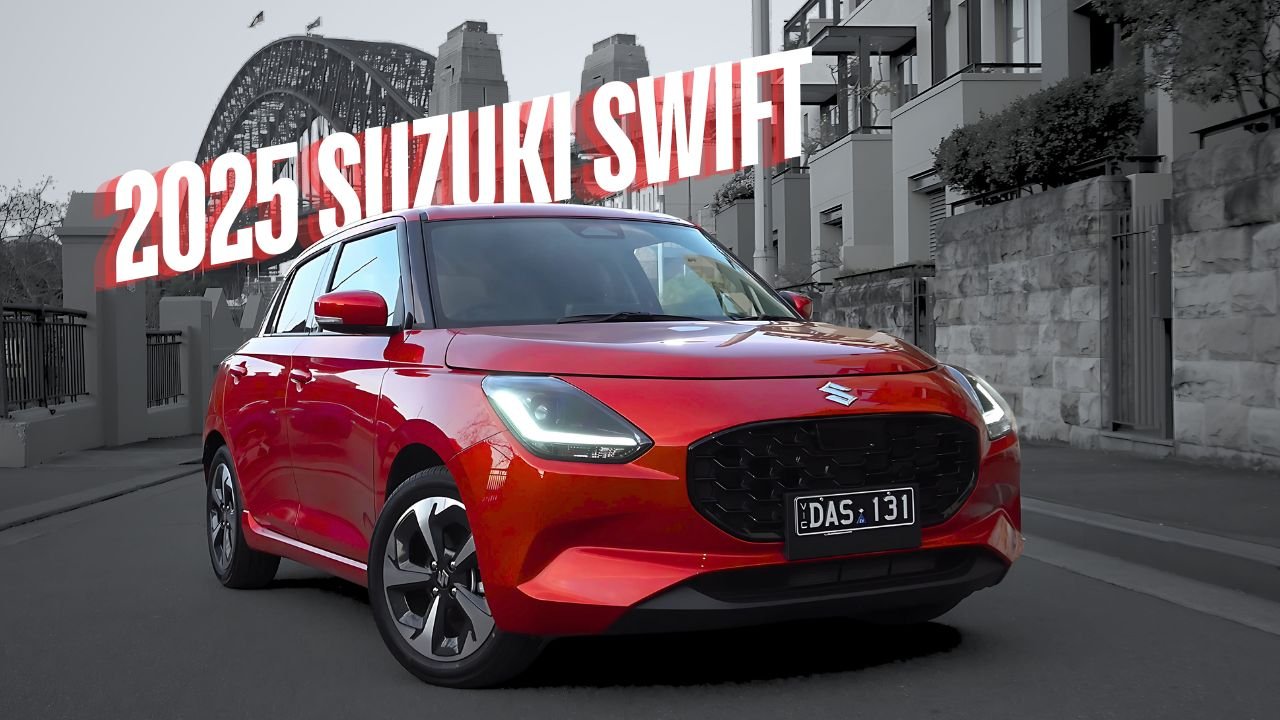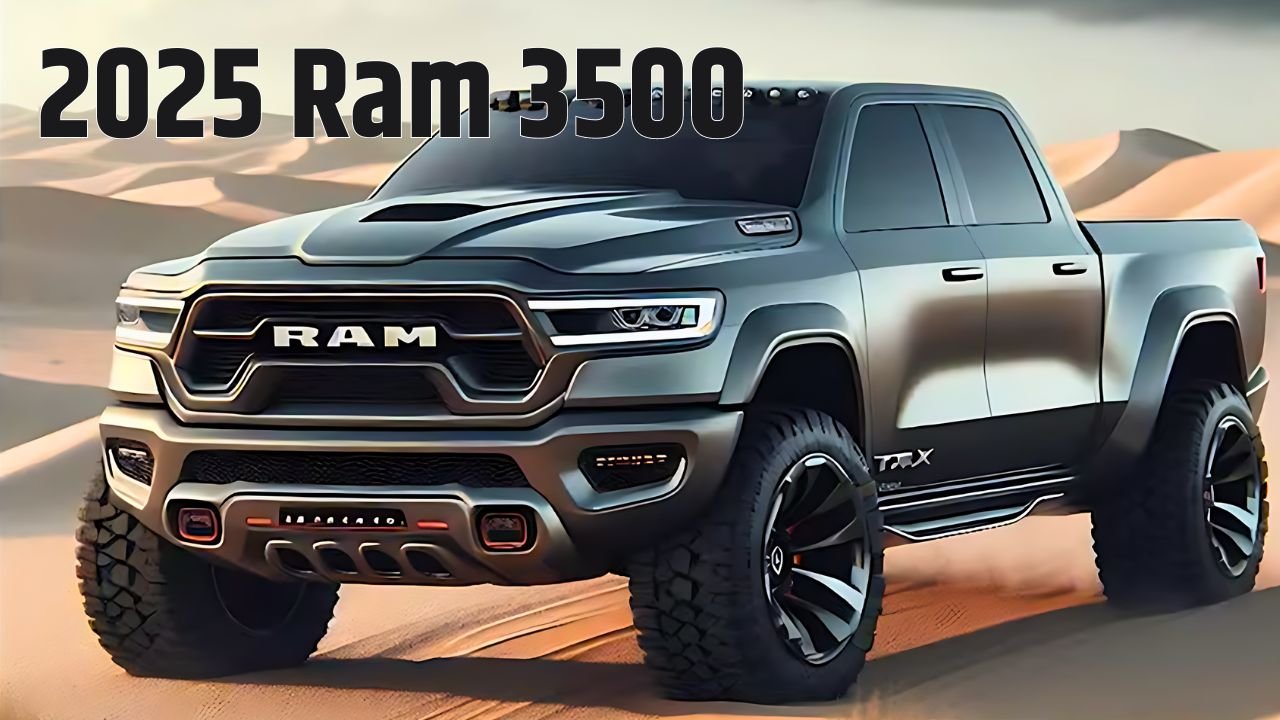15 Years with a Honda DB18 Integra TYPE R: The Ultimate Journey!
June 7, 2024 | by Team Neftin Mazda
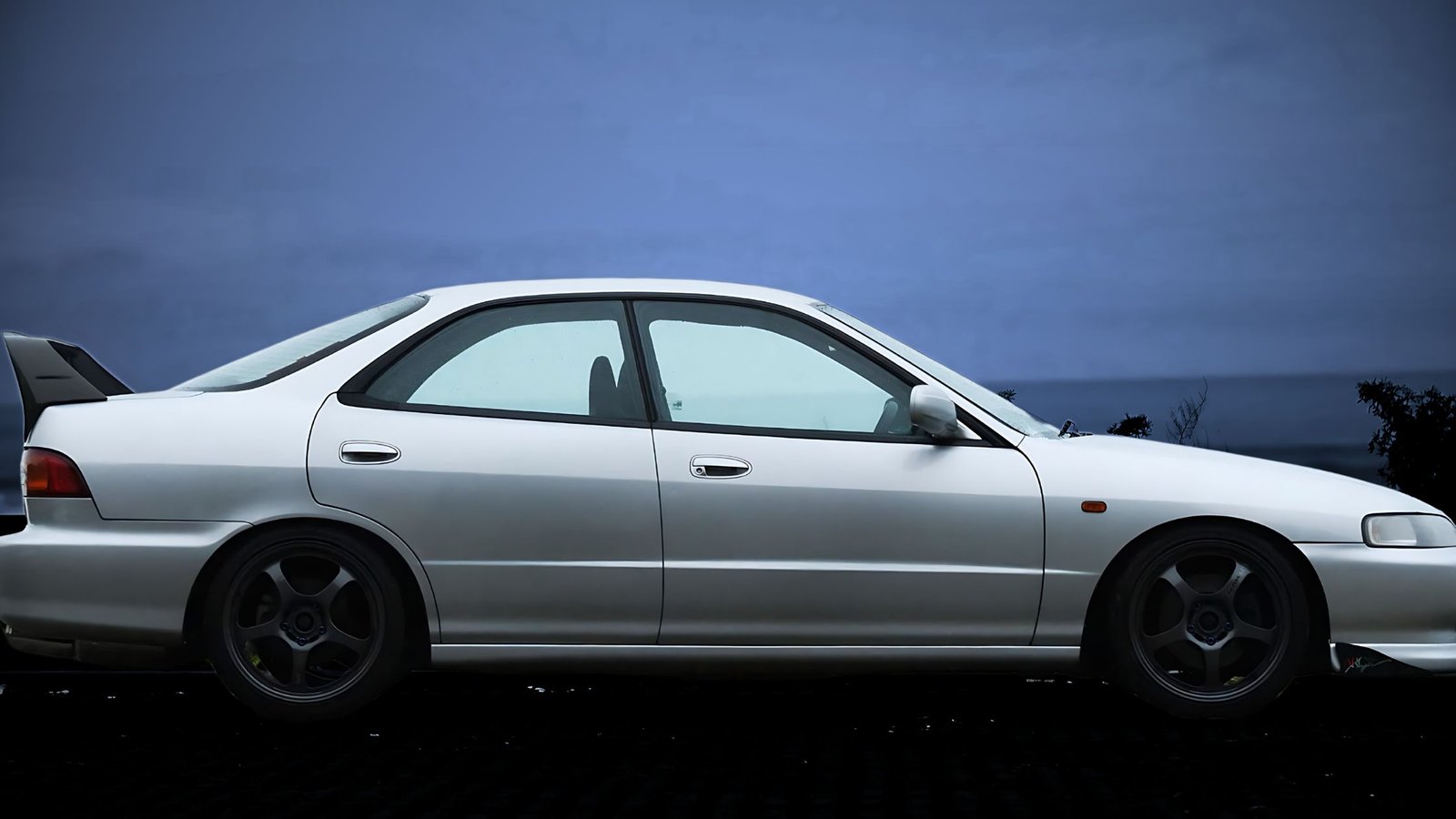
My first car was a 1990 Mazda Familia sedan. It was a stolen and recovered car that we bought for $250 from a tow yard. We got some wheels from a wrecker, replaced the clutch, and for about $800 total, it was back on the road.
It had been modified previously, so it had a loud exhaust, but other than that, it was standard. I drove it fairly hard, as I lived about 30 kilometers from school and work, traveling every day and racking up quite a lot of mileage. Eventually, it was passed down to my brother. It was nothing special, but it was fun.
Table of contents
- Looking for a New Car
- Getting into Hondas
- Importing the Type R
- Picking Up the Car
- Early Modifications
- Current Use and Maintenance
- The Type R Engine and Features
- Interior and Design
- Differences Between 96 Spec and 98 Spec Integra
- Personal Touches and Modifications
- Daily Driving the Type R
- Maintenance and Modifications
- Market Value and Offers
- Other Hondas Owned
- Future Plans
- Personal Thoughts and Future Considerations

Looking for a New Car
When I was around 16 or 17, I started looking to import a car. I originally wanted a Corolla wagon for no real reason, aiming for a 1997 or 1998 model.
This was around 2004 or 2005. However, I couldn’t find one I could afford, so I ended up with a 1996 Nissan Wingroad, which was as far from a performance car as you could get. Once it arrived, I did the typical modifications: 17-inch wheels, lowered suspension, and a stereo system. That was about as exciting as it got, and I only had it for about a year.
Getting into Hondas
When I started my apprenticeship, earning nine dollars an hour (about $290 a week for 40 hours of work), I saved everything I could and set about importing a car. Initially, I didn’t have my sights set on a Type R, thinking it was out of reach.
However, with the ability to import cars (my parents had imported one or two), I started looking. At this time, my friend with the Civic was also looking for a Type R. I can’t remember who got theirs first, but in 2007, I began my search.
I wanted a sedan for some reason I can’t recall. Given my vehicle history—sedan, then a wagon, and unusual cars after that—I tried bidding on four or five cars at auction and always missed out.
Then, this one came up. I got an email from the guy and thought, “There’s no way I can afford that.” I had missed out on all these 1996 specs, and this was a 1998. Still, I thought, “Go for it.” I went to night class for my apprenticeship, and this was before cell phones and the internet. When I got home, there was an email saying I got it.
Importing the Type R
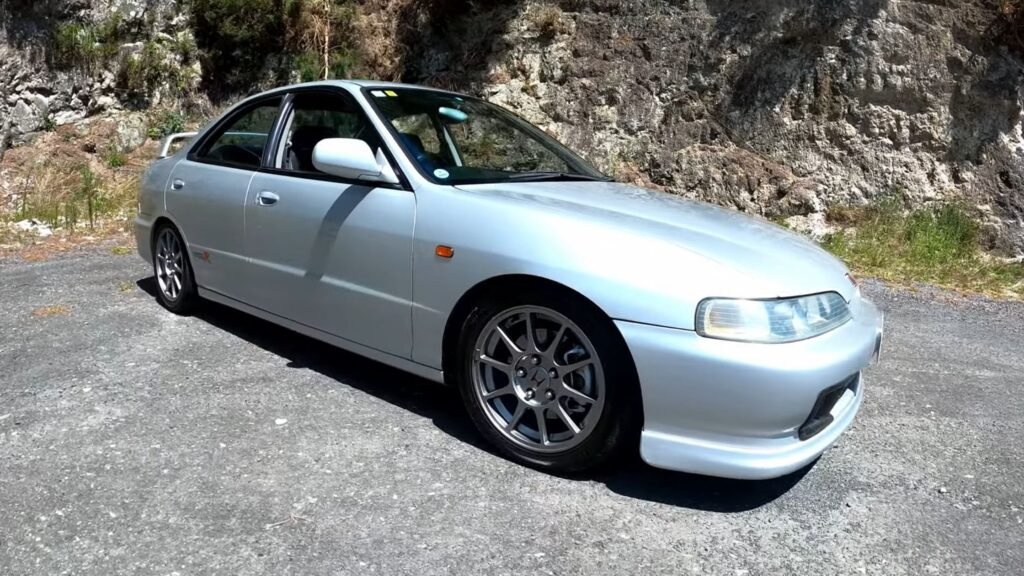
When I received the email saying I got the car, I was in disbelief. It didn’t really sink in because I had only seen three pictures of it: one of the front, one of the back, and one of the driver’s seat and steering wheel. Beyond that, I knew nothing about the car.
For those who are familiar, it was a grade four car, which means it was fairly tidy but nothing special, with a few nicks and scratches. It had done around 104,000 kilometers and was completely standard.
The car arrived about three months later, which felt like a long time. I had to drive an hour to pick it up, and that was the first time I had ever sat in or driven a Type R. At 18 years old, it all seemed so foreign to me.
Back in 2007, auctions typically had only three pictures and an auction sheet with a plan view of the car, showing every dent and scratch. That’s about it. I’ve imported cars since then, and you get a lot more information now, but back then, it was quite limited.
The car was put on a ship and delivered to the port of Tarana. From there, it went to a compliance center I had used for my previous car. They called me when it was ready for pickup.
The car arrived quicker than I expected. I had been sorting out insurance quotes because, as an 18-year-old buying a performance vehicle, insurance was expensive.
One Friday lunchtime at work, I got a call from the compliance place saying the car was ready. I quickly phoned my dad, got the afternoon off from my boss, and we drove to pick it up. We got there around four, did the paperwork, and had to drive across town to get a number plate issued.
Picking Up the Car
We took the number plate back to the compliance center, where they had already done the inspection, put the plates on, and gave it its warrant. Then we drove it home. As far as its history in Japan, I don’t know much, except that it was left standard.
I found a little Snoopy mirror stuck to the dashboard, probably to keep an eye on kids in the back seat. It had a minor accident and a few paint repairs in Japan, but other than that, I don’t know much about its past. I’ve been the only owner for about 15 years now.
Early Modifications
Before the car even arrived, I had already ordered some parts for it, as track days were all the rage among my friends. Within the first month of owning it, I started modifying it. Within the first year, I added 17-inch Motegi track-like wheels, lowered it slightly, and installed an intake and exhaust.
I didn’t do much to the engine because it didn’t need it. After about a year, I added a carbon fiber wing, some aero parts, lowered it more, and installed a fixed back bucket seat. Then, I changed to some stiff suspension more suited for track days, turning it into more of a weekend track car than a comfortable road car.
Eventually, I realized how costly track days were and, living two hours from the track, it rarely got used. Trends changed, and I ended up removing the carbon wing and aero parts, changing the suspension again to fully adjustable coilovers, and lowering it even more.
I got some BBS wheels, stripped them apart, and painted them a strange color that suited it. It became more of a weekend toy than a daily driver, just cruising around and looking cool. I painted the BBS wheels about 10 years ago, and they’ve been on and off since then.
Current Use and Maintenance
I don’t really drive it a lot; in the 15 years I’ve owned it, I’ve only done 44,000 to 45,000 kilometers. I’ve always had a second car, which I tend to use more frequently. The Integra has stayed looking pretty similar for the last 10 years. As I’ve gotten older, I’ve come to appreciate its original state more.
So, I’ve taken out the stiff coilover suspension and replaced it with Bilstein shocks and Spoon springs. I removed the 17-inch wheels and put the standard 16-inch ones back on. I also took out the bucket seat and reinstalled the factory Recaro, making it more comfortable and usable, and perhaps more enjoyable.
The Type R Engine and Features

The Type R models have evolved, but when Honda first released them, they took a standard road-going car and made a few changes. They typically changed the wheels, added a spoiler and a front lip, and focused most of the modifications on the engine and gearbox.
This car has a B18C engine, which they started producing around 1993. When the Type R came out, it had an almost hand-built engine that revs to 9,000 RPM. It doesn’t make a huge amount of power—just over 200 horsepower. On the dyno, mine shows 130.5 kilowatts, which isn’t a lot by today’s standards, but it’s the way it delivers power that makes it special.
Below 6,000 RPM, it’s like a normal everyday car, but above 6,000 RPM, it shifts into the high cam, making a lot of noise and power. You really have to keep it revving to get the most out of it.
Interior and Design
This four-door Integra Type R shares the interior with the regular models of its time. It has air conditioning, power steering, and electric windows. Being a 98 spec, it includes airbags and ABS brakes.
They stripped out all the sound deadening to save weight, making it quite loud and rattly inside. The car has been stiffened up with stitch welding and additional braces compared to the normal Integra.
The Type R models also feature suede Recaro seats, a matching rear seat, and a Momo steering wheel with red stitching. Other than these details, it doesn’t differ much from a regular Integra.
Differences Between 96 Spec and 98 Spec Integra
The 98 spec Integra received a few upgrades from the 96 spec models. They added slightly bigger brakes, 16-inch wheels instead of 15-inch, and a four-into-one tubular manifold instead of the previous cast exhaust manifold. It has a slightly bigger throttle body and more aggressive cams.
They also switched to HID headlights, which you can identify by the clear circle without lines. The rear bumper is slightly different, and the 98 spec models included more safety features like airbags and ABS brakes, which were optional or absent in the 96 specs. When you look at Civic Type Rs from that era, they could be ordered without power steering, wind-up windows, or Recaro seats, essentially letting you buy a track car to modify as you wished.
Personal Touches and Modifications
Over the years, I’ve made some modifications to suit my tastes. I added a Jay’s Racing carbon fiber intake duct to help funnel cold air in. While I initially thought it looked cool, I’m now considering returning it to its standard appearance.
The number plate, another personal touch, gives it a bit more personality. People often didn’t realize there were four-door Type Rs, so they sometimes thought I had just added the plate and stickers myself. In New Zealand, personalized plates can have six characters and must be unique, so the spelling of Type R with an R at the end instead of an R is due to availability.
I bought this secondhand for $250 about 13 years ago, and it adds a bit of distinction and humor to the car.
Daily Driving the Type R

When I originally bought the Type R, I was on a limited income. This purchase took every cent I had, leaving me with nothing afterwards. As a result, it became my daily driver. I used it for everything: commuting to work, weekend trips, and even grocery runs. After a couple of years, I began to realize how special the car was. I bought a second car, relegating the Type R to weekend use and track days.
Not long after, my daily driver broke down, turning into an even bigger project than the Type R. This forced the Type R back into daily service for about two years. It seems strange now, but at the time, it handled everything: parking in town, traveling across the country. It was a bit uncomfortable and loud, but it got the job done.
As I progressed through my apprenticeship and started earning more, the Type R went back to sitting in the shed. Some years, I only put a thousand kilometers on it.
Now, I take it out on weekends for short drives. I don’t do track days anymore; it’s more of a hobby car. I focus on maintenance, keeping it locked up, and preserving it to enjoy without destroying it.
Maintenance and Modifications
In the 15 years I’ve owned it, maintenance has been straightforward. I’ve changed the cam belt, water pump, and belts, and kept up with oil changes. Nothing major has ever failed. It’s a typical Honda—reliable and easy to maintain. Even if it sits parked for six months, as long as the battery is charged, it starts up without issues.
One drawback was how low and stiff I had it set up. Without sound deadening, it wasn’t comfortable for long drives. At 100 km/h, the car was loud and rattled, and with no cruise control or modern conveniences, it wasn’t the most pleasant for long trips.
This led me to start returning it to a more standard setup. I’ve made it more usable and enjoyable by removing the stiff coilover suspension, putting Bilstein shocks with Spoon springs, switching back to the standard 16-inch wheels, and reinstalling the factory Recaro seats.
However, its increasing rarity and value have made me more cautious about where I leave it. Previously, it flew under the radar, but now it draws attention. I’m wary of leaving it unattended for long periods, especially in unsecured areas, to avoid the risk of theft.
Market Value and Offers
The market value of the Type R has become tricky. In New Zealand, they are advertised for around $30,000, which is three times what I paid. In Japan and America, prices are even higher. Recently, an American model with incredibly low mileage sold for over $100,000. While I can’t fathom paying that much for an old Honda, it makes me consider its value.
I’ve received offers from people wanting to buy it, making me contemplate selling it since I don’t use it much. However, every time I drive it, I’m reminded of how good it is. There’s nothing out there right now that I’d like to replace it with. This car has trapped me in a cycle of owning mostly Hondas, which wasn’t intentional.
Other Hondas Owned
While I had the Type R, I also owned a 1989 Honda Shuttle. It was a strange car that spiraled out of control into a project, almost touching the ground and fitted with a B18C engine. After five years, I grew tired of having two impractical cars and sold the Shuttle.
I bought a 1996 Honda CR-V, intending not to lower it. I bought it at a one-dollar reserve auction and sold it for a profit within two weeks because it was automatic and not quite what I wanted.
I then found a manual 1998 Honda CR-V, which I raised on Bilstein suspension and fitted with all-terrain tires. This car served as my daily driver for five years, taking it to the beach, the snow, and all around the country. It wasn’t fast, but it was reliable and versatile.
Eventually, I upgraded to a 2007 Honda CR-V, which my wife and I use. It’s completely standard. Besides these cars, I currently own three small Honda motorbikes: a 1969 Honda Dax, a 1974 Honda Chaly, and a 1982 Honda Spacy. I also had a 1989 Honda DJ-1 scooter, which I recently sold.
Future Plans
For the future, my plan is to continue restoring the Type R, but I won’t change much in terms of modifications. It still has the Mugen intake and exhaust and remains lowered.
In the 15 years I’ve owned it, I haven’t done any panel or paint work. It has dents, scratches, and stone chips, along with some previous paint repairs from Japan that aren’t great. I would love to do a closed-door respray to get it looking as close to original as possible.
There are a few other minor trim pieces and the headlight that need attention. It’s a 22-23-year-old car, so finding good condition parts to replace the worn ones is a challenge. I’ve replaced the steering wheel with a better one and will continue tidying it up to get it looking as good as possible.
Personal Thoughts and Future Considerations
Though I’ve had many Hondas, it doesn’t mean that’s all I like. It’s just what has fitted the bill at the time. I have a fairly eclectic passion for vehicles.
There’s nothing I don’t like, and I’d love to try everything. However, as you grow older, buy a house, and face other responsibilities, you’re limited in what you can spend money on. For now, I’m happy with what I have, but who knows what the future might bring.
I’ve never really lusted after two-seater sports cars. It’s always been wagons, sedans, SUVs, and other unique vehicles. If I had to buy another car now, it would probably be a Mark 7 Golf R Wagon or a Skoda Octavia Wagon RS model. Off the top of my head, that’s what I’d go out and buy today if I had the money. Well, I’m Andrew, and that’s my Honda.
RELATED POSTS
View all
